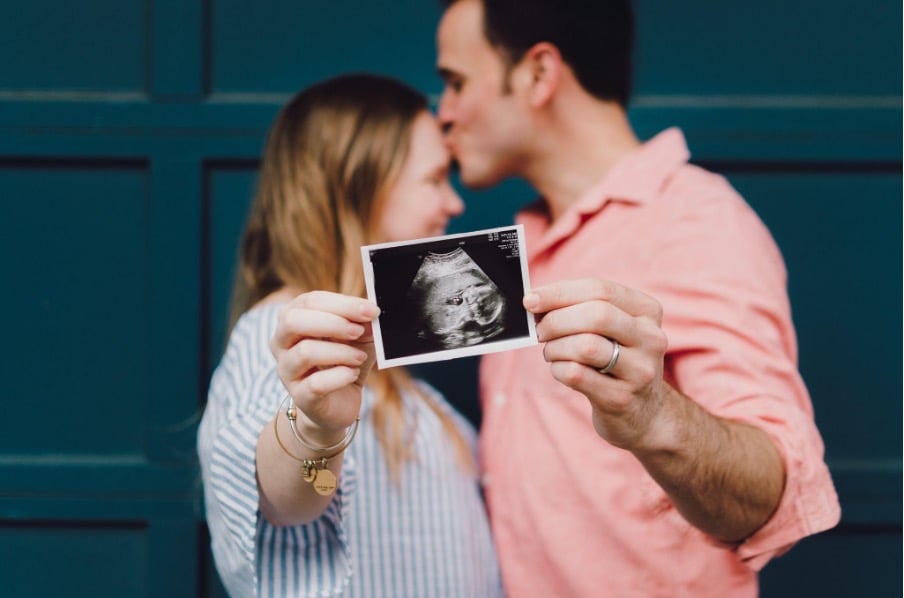
Fertility treatments involve interventions such as medications and health methods that help individuals ovulate. Fertility treatments are important for a variety of reasons, some of which include the treatment of subfertility and infertility, helping people who identify as LGBTQIA+ and single people to have children, reducing the chances of an unborn child inheriting a genetic disease or abnormality, and ultimately to preserve fertility.
Reproductive health, on the other hand, focuses on the overall physical and mental health and well-being of an individual, including being able to have a child when you choose to. Fertility treatments and reproductive health go hand in hand.
Over the last decade, Artificial Intelligence (AI) has been of immense benefit to every aspect of the world, even in the health sector. Seasoned health professionals or individuals who just enrolled in a Bachelor of Nursing or a direct entry MSN online might need to acknowledge that AI is invariably changing and improving fertility issues and reproductive health.
Current State of Fertility Treatment and Reproductive Health
There have been several techniques made available to boost fertility treatment and reproductive health. Some of these techniques include ovulation induction, artificial insemination, in-vitro fertilisation, intracytoplasmic sperm injection, donor conception, and surrogacy.
Ovulation induction (OI)
OI is good for people who have long, irregular, and frequent menstrual cycles, which is not good for ovulation. OI involves the administering of hormone medications in the form of tablets or injections to stimulate follicle growth (the fluid-filled sacs where eggs develop). Ultrasounds are used to monitor the hormones, and when the time is right, an injection is given to trigger the release of the egg. This allows for a pregnancy chance since the egg release is known.
The risk of OI is multiple pregnancies – seeing as more than one egg may be released. Another risk when using OI is the risk of hyperstimulation (OHSS). OHSS is a situation when the medications lead to the production of a higher-than-normal number of follicles, which leads to nausea, vomiting, diarrhea, shortness of breath, weight gain, and dehydration.
Artificial insemination (AI)
Artificial insemination, also known as intrauterine insemination (IUI), primarily involves the insertion of your partner or a donor's sperm into the uterus of the person undergoing treatment at the time of or just before ovulation. IUI are either performed during a natural menstrual cycle or together with hormone medications.
The risk associated with IUI is very similar to OI, where OHSS occurs.
In-vitro fertilisation (IVF)
An IVF involves the collection of mature eggs from the ovaries and fertilising them by sperm in a lab. After one or more eggs are fertilised (embryos), they are placed in the uterus, where the babies develop. A full cycle of IVF takes about 2 to 3 weeks.
Obvious risks of IVF include complications from the procedure to retrieve eggs, miscarriage, birth defects, premature delivery and low birth weight, and ectopic pregnancy, a condition in which the fertilised egg attaches to a tissue outside the uterus.
Intracytoplasmic sperm injection (ICSI)
On the side of men with infertility issues, ICSI comes into play. ICSI is a sperm selection procedure used primarily to overcome low sperm count, low sperm movement, poor sperm shape, and problems with ejaculation. The procedure of ICSI is similar to IVF, with the exception that in ICSI, the embryologist uses a microscope to select a single sperm that is injected into the egg to hopefully achieve fertilisation.

Donor conception
This treatment involves donor sperm or donor eggs. Donor sperm is needed when a person does not produce any sperm, does not produce normal sperm, or has a high risk of a person passing on a genetic disease or abnormality to a child, a single mum, or a same-sex couple.
Donor eggs are needed when a person does not produce eggs, or their eggs are of low quality, there is a history of miscarriage, or there is a high risk of the person passing on a genetic disease or abnormality to a child.
Surrogacy
Surrogacy is a fertility treatment that involves a person with a uterus carrying a child for another person or couple to give the child to that person or couple after birth.
Artificial Intelligence's Role in Fertility Treatment and Reproductive Health
With the various forms of treatment techniques, AI can play a significant role in alleviating the associated risks with the treatment technique. This includes AI in fertility diagnosis, fertility treatment, fertility preservation, and predicting and preventing miscarriages.
AI in Fertility Diagnosis
Research conducted by the National Institutes of Health has shown that AI algorithms possess the ability to detect conditions like Polycystic Ovarian Syndrome (PCOS), which is associated with irregular menstrual cycles, excessive facial and body hair growth, acne, obesity, reduced fertility, and increased risk of diabetes mellitus. The accuracy of the AI algorithms is up to 94%, which is better than human interpretation, which is susceptible to error.
To address the issue of human inferiority in analysing patient data, AI does tremendous work in this regard. AI algorithms can analyse data involving hormone levels, menstrual patterns, and genetic information, which is paramount in predicting fertility issues. In 2022, an AI model was able to predict the risk of early menopause with a 75% accuracy.
AI in Fertility Treatment
AI can help address the pitfalls of fertility treatments by developing customised treatment plans for patients based on the patient's age, health history, and prior therapies. Moreover, a growing body of research indicates that with AI, the IVF success rate can improve by 25%, as AI can aid in assessing the quality of the embryos with high precision.
AI in Fertility Preservation
Current developments in AI have led to guiding women considering egg freezing. AI can analyse the patient's age, ovarian reserve, and general health status and offer unbiased decisions to women before confirming their decision to freese eggs. This has led to better outcomes for women in their late 20s and early 30s.
TheAmerican Cancer Society reports that with the implementation of AI-enhanced fertility preservation, the chances patients who have had cancer can still give birth.
AI in Predicting and Preventing Miscarriages
Regarding miscarriages, AI can serve a lot by offering early detection mechanisms. This can be attained by analysing a woman's health history, lifestyle, and genetic predispositions. A US from 2020 reported that AI algorithms can predict miscarriage with a 77% accuracy. Another study reported that with AI algorithms, miscarriage rates have been alleviated by up to 20%.
Conclusion
AI is undoubtedly helping to shape the future of fertility treatments and reproductive health by predicting and preventing miscarriages, fertility preservation, fertility treatment, and fertility diagnosis.
In the upcoming years, AI research and development will lead to more revolutionary systems that will better address and shape fertility treatments and reproductive health, including ovulation induction, artificial insemination, in-vitro fertilisation, intracytoplasmic sperm injection, donor conception, and surrogacy.
This article is part of the HealthManagement.org Point-of-View Programme.























